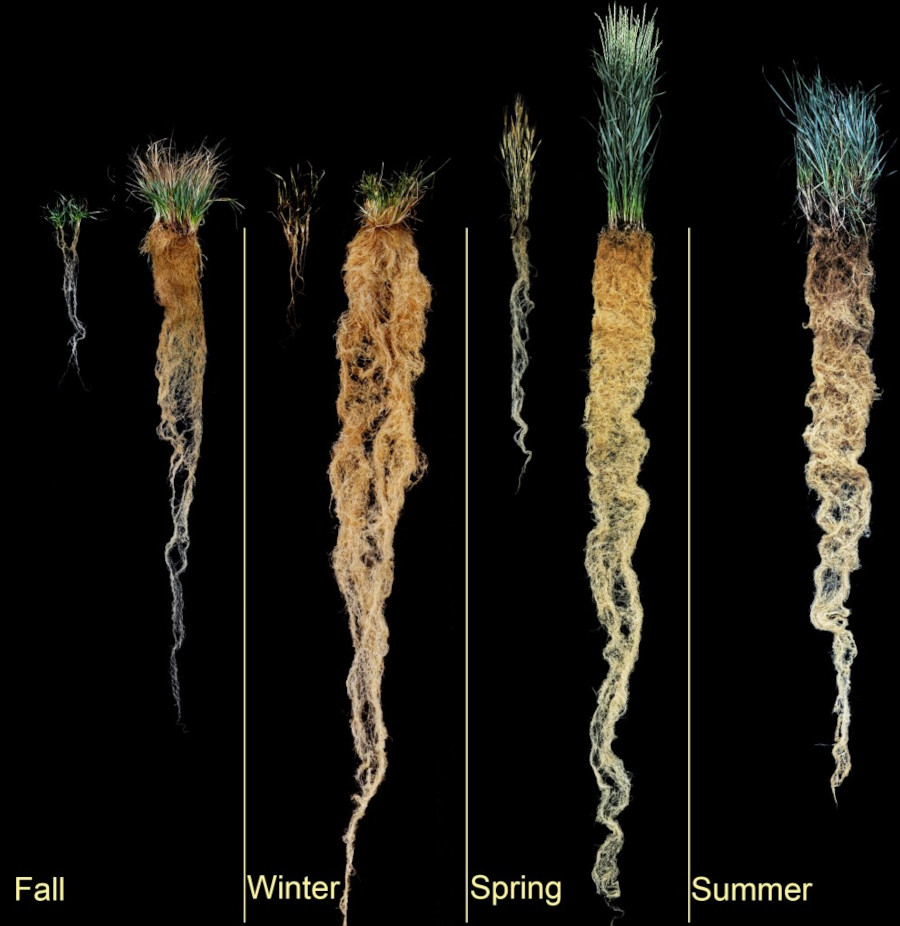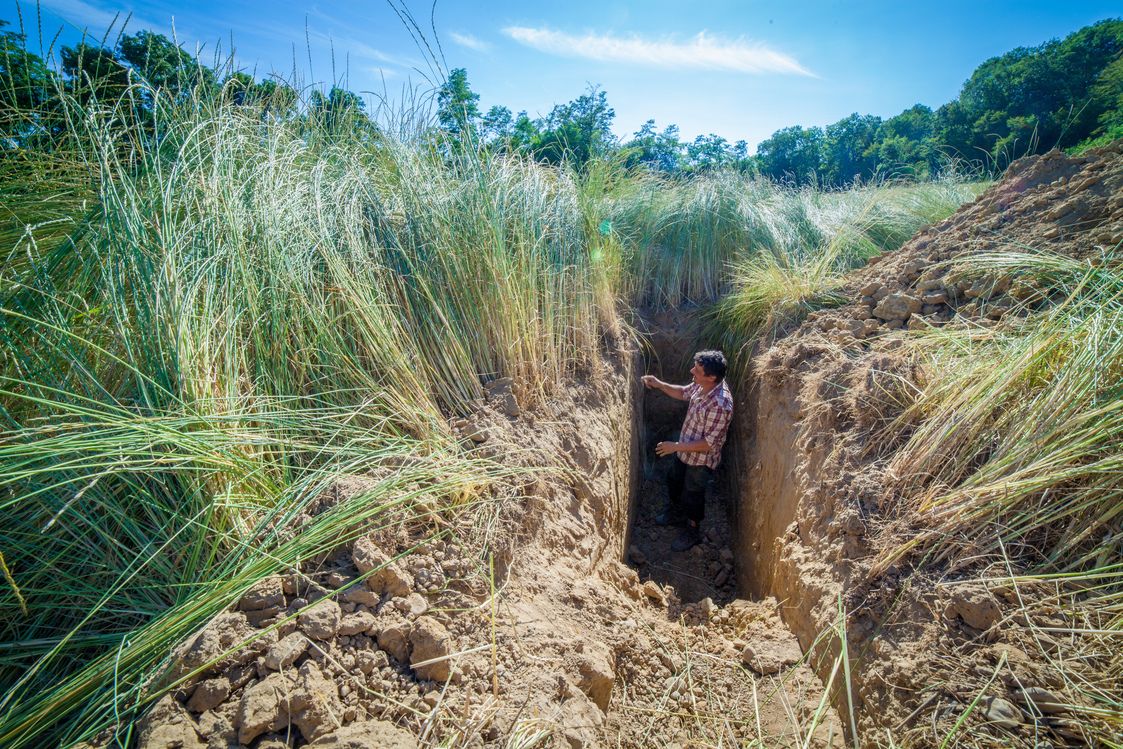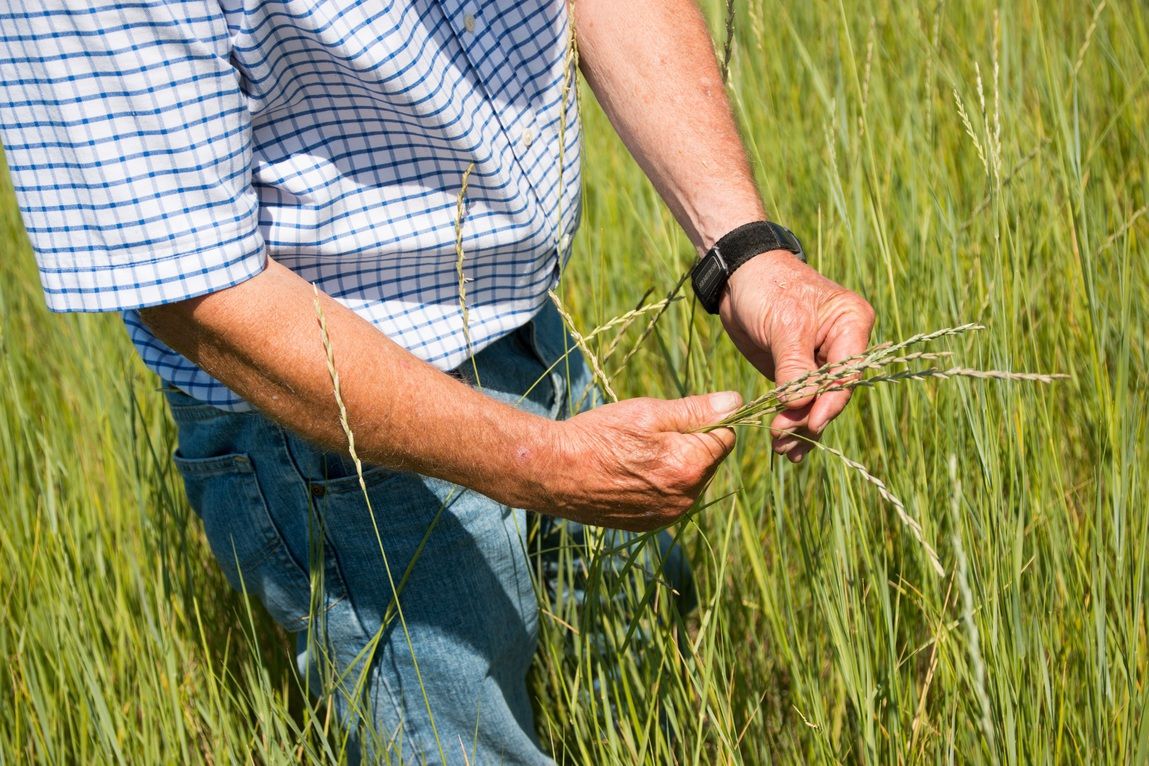The impact of intense annual crop production on natural resources under the threat of climate change has resulted in a global magnification of environmental degradation and biodiversity loss. A concept for mitigating such consequences is the development of perennial grain cropping systems.
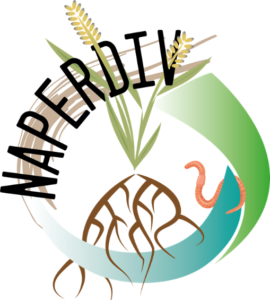

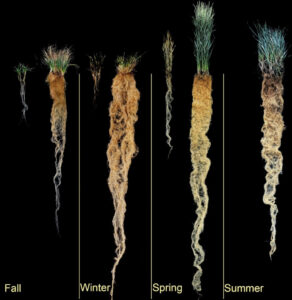
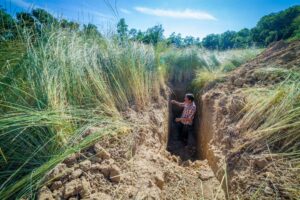
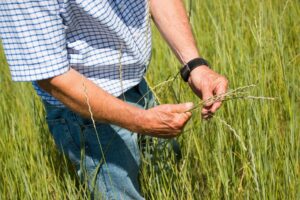
Intermediate wheatgrass (Thinopyrum intermedium L.) is among the most advanced examples of recently developed perennial grain crops for food or forage production with established experimental sites across Europe. Informed by natural ecosystems, especially grasslands, such systems provide an innovative design to promote nature-based solutions (NBS) to mitigate agricultural disservices and provide ecological benefits. With a permanent soil cover, high total biomass production and deeper root systems, perennial grain crops provide fundamental advantages for climate change mitigation/adaptation. Perennial grain crops support highly structured and complex food webs, improving the functional diversity and the conditions for its conservation. However, there is only limited understanding of biodiversity effects, crop performance and ecosystem services resulting from these systems. The systemic research approach of NAPERDIV is founded on comparative analyses between established perennial versus annual grain cropping systems along a Pan-European gradient (Sweden, Belgium, France) with different agro-ecological and climatic conditions.
With an inter-disciplinary and multi-sectoral network of researchers and stakeholders across Europe, NAPERDIV analyses:
- the agronomic performance of intermediate wheatgrass to assess and simulate its resilience against climate hazards,
- the crop-associated microbiome and its functional benefits (growth promotion, disease suppression),
- the resilience of the soil microbiome against drought under expected climate variability,
- and the soil fauna, its benefits and indicator values for crop performance, system diversity and processes.
The project’s main research questions are:
- To what extent will functional biodiversity and interactions develop over time in a cropping system integrating perennial cereals?
- How do these biotic changes contribute to crop performance, sustainability by reducing inputs, and resilience in the face of environmental change?
Our experimental approach
A comparative analysis between established perennial and annual cereal cropping systems, using a pan-European experimentation gradient that enables evaluation under contrasting agro-ecological and climatic conditions.
In particular, the project analyses:
- The agronomic performance of perennial cereals such as Kernza to assess and simulate crop resilience.
- The microbiome associated with the crop and the functional services provided.
- The resilience of the soil microbiome to drought under conditions of high climatic variability.
- Soil fauna, its benefits and indicators for soil and plant functioning: functional diversity of soil macro-fauna (earthworms, carabid beetles, etc.).
- Crop weeds, understood as spontaneous plant flora, indicative of growth strategies favored by the development of perennial crops.
Key results/outputs
The key results are related to life-history traits of perennial grains represented in the figure below.
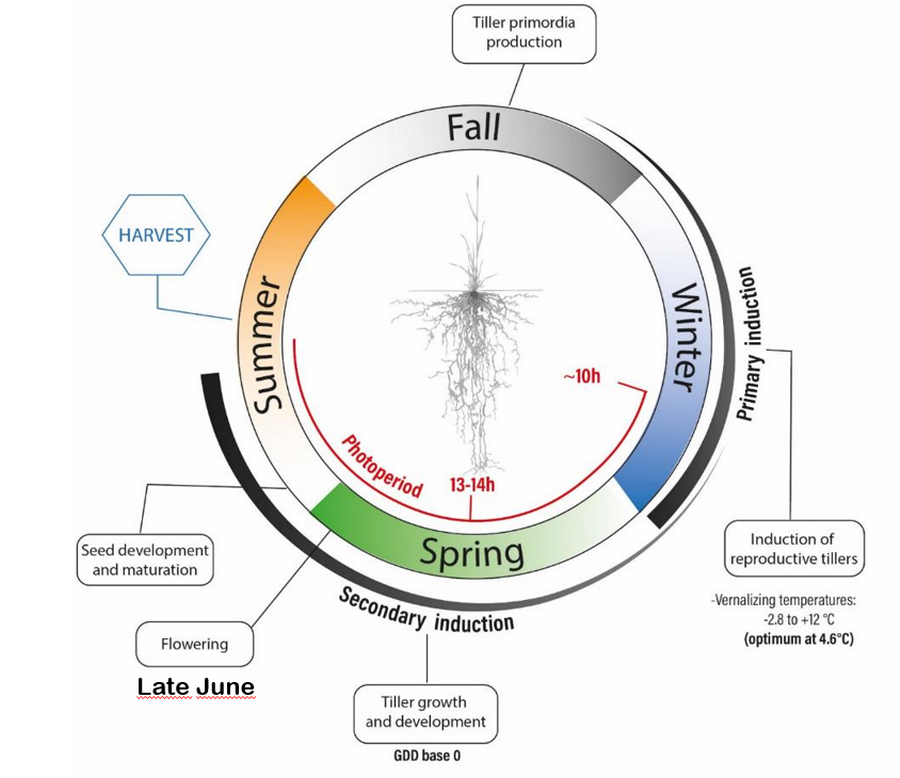
Project team
Olivier Duchêne, Cyrille Thomas, Christelle Ginot, Florian Celette, Anthony Roume, Adeline Cadiergues et Christophe David Agroecology and Environment research team.
Partners
Gembloux AgroBio-Tech (Belgium), University of Hohenheim (Germany), University of Graz (Austria), University of Liège (Belgium), University of Trier (Germany), Nicolaus Copernicus University of Torun (Poland), Swedish University of Agricultural sciences (SLU – Sweden)
Publications
Fagnant, L., Duchêne, O., Celette, F., David, C., Bindelle, J., Dumont, B., 2023. Learning about the growing habits and reproductive strategy of Thinopyrum intermedium through the establishment of its critical nitrogen dilution curve. Field Crops Research, 291, 108802. doi.org/10.1016/j.fcr.2022.108802
Förster, A., David, C., Dumont, B., Dimitrova Martensson, LM., Rasche, F., Emmerling, C. 2023. Earthworm populations and diversity under annual and perennial wheat in a North to South gradient in Western Europe. European Journal of Soil Biology 119, 103561. doi.org/10.1016/j.ejsobi.2023.103561
DeHaan, L., Crain, J., Poland, J., Sacks, E., Anderson, J., Bajgain, P., Basche, A., Cattani, D., Crews, T., David, C., Duchêne, O., Gutknecht, J., Hayes, R., Hu, F., Jungers, J., Knudsen, S., Kong, W., Larson, S., Lundquist, PO., Luo, G., Miller, A., Nabukalu, P., Newell, M., Olsson, L., Palmgren, M., Patterson, M., Picasso, V., Wang, S., Westerbergh A. 2023 Discussion: Prioritize Perennial Grain Development for Sustainable Food Production and Environmental Benefits. Authorea doi.org/10.22541/au.168787023.36471151/v1
Duchêne, O., Bathellier, C., Dumont, B., David, C., Celette, F., 2023. Weed community shifts during the aging of perennial intermediate wheatgrass crops harvested for grain in arable fields. Eur. J. Agron. 143, 126721. doi.org/10.1016/j.eja.2022.126721
Fagnant, L., Duchêne, O., Celette, F., Dumont, B., 2024. Maintaining grain yield of Th. intermedium across stand age through constant spike fertility and spike density: Understanding its response to various agronomic managements. Eur. J. Agron. 152, 127038. doi.org/10.1016/j.eja.2023.127038
Duchêne, O., Dumont, B., Cattani, D.J., Fagnant, L., Schlautman, B., DeHaan, L.R., Barriball, S., Jungers, J.M., Picasso, V.D., David, C., Celette, F., 2021. Process-based analysis of Thinopyrum intermedium phenological development highlights the importance of dual induction for reproductive growth and agronomic performance. Agricultural and Forest Meteorology 301-302, 108341. doi.org/10.1016/j.agrformet.2021.108341
Fagnant, L., Duchene, O., Bindelle, J., Beckers, Y., Decruyenaere, V., Dumont, B., n.d. Forage potential of Thinopyrum intermedium through near-infrared spectrometry and grown in mixture with various legumes. Grass Forage Sci.

